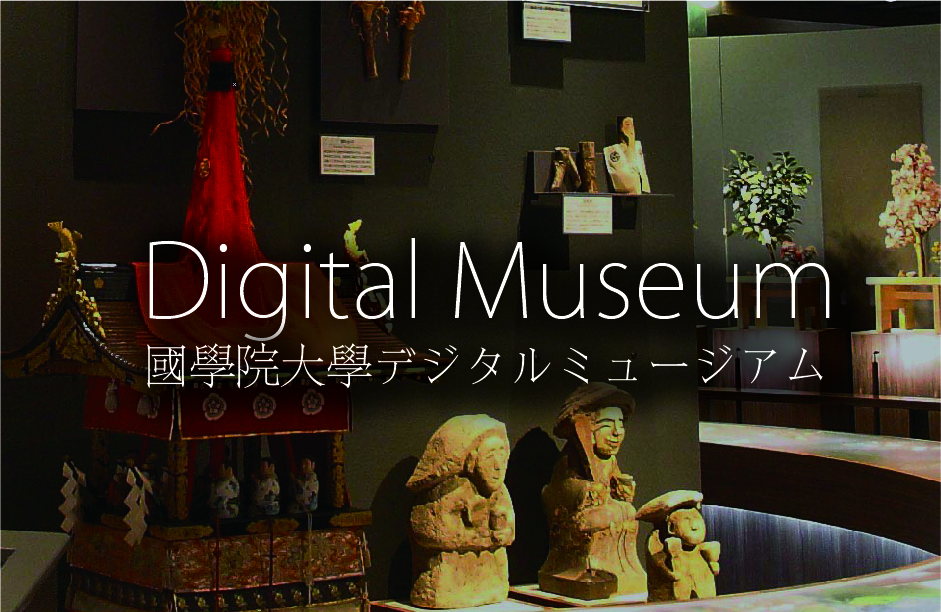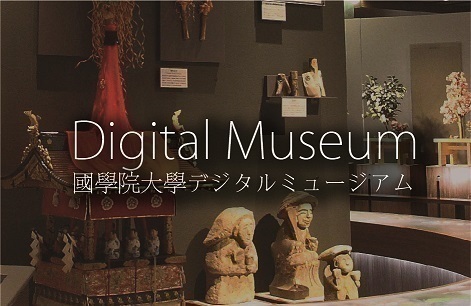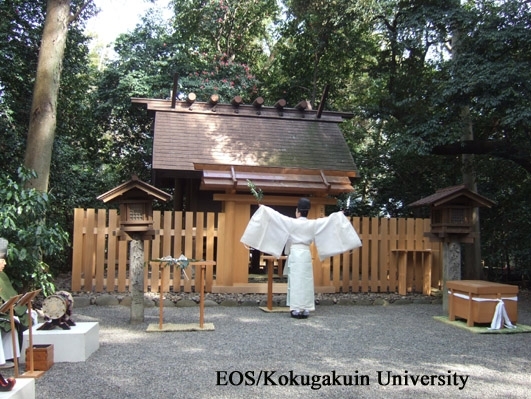- トップ
- Encyclopedia of Shinto
- Torimono
Encyclopedia of Shinto
| Main Menu: | |
| Links: |
詳細表示 (Complete Article)
| カテゴリー1: | 5. Rites and Festivals |
|---|---|
| カテゴリー2: | Performing Arts |
| Title | Torimono |
| Text | A prop dancers carry in their hands in sacred performances such as kagura. It is also written with the characters 執物 or 取物. The word may also refer to the prop a dancer holds when performing a dance to purify the implements to be used in a sacred ritual or dance. Originally, the torimono functioned as an object to be inhabited by a kami when it descends for a ceremony (yorishiro). Holding the prop while dancing was believed to activate the divine power. In some cases the kami that has inhabited the torimono can be made to take possession of the dancer, and so it is used as a means to achieve this state of possession (kamigakari). The naishidokoro-no-mikagura court ritual that developed during the Heian period is a kagura dedicated mainly to the singing of various kinds of songs. The opening section, which deals with a possessing kami, opens with the singing of torimono songs. There are nine kinds of songs, including sakaki (sacred leaves), mitegura (ritual paper object), tsue (rod), sasa (bamboo grass), yumi (bow), tsurugi (sword), hoko (halberd), hisago (ladle), and kazura (vines), all being types of torimono. The performers do not actually dance with the torimono in hand at this point in the mikagura, but the singing of these songs creates their significance for the ritual. However, a ninjōmai (a dance by the leader of the kagura) takes place during the performance of the hayakarakami and sonokoma parts of the kagura, and the lead dancer (ninjō) will perform while holding a branch of sakaki to which a circle of wicker (fuji) wrapped in white cloth has been attached. Torimono dances can generally be seen in folk kagura. In the Sada shinnō of Sada Jinja, in Kashima-chō, Shimane Prefecture, there is a suite of seven torimono dances called the Seven Rituals (shichi za no shinji), danced with objects including the tsurugi (sword), goza (a woven rush mat), sakaki (sacred leaves), and suzu (bell). While masks are not worn for torimono dances in kagura, the sticks, staves, and the like that the kijin (demons) and kōjin (lit. "rough deity"), for example, carry even in masked dances are referred to as torimono. Mikomai entail the use of bells, hand fans, sakaki, and bamboo grass. Instances can be found wherein a short shakujō (a Buddhist priest's staff affixed with bells) is used in place of a bell, in such dances as the bangaku found throughout Akita Prefecture, the Izanagi-style kagura of Kōchi Prefecture, and the Izumo-style kagura of the Chūgoku region. The origins of this are in the torimono used with mountain asceticism (shugen). The mikagura and yudate kagura of the hana-matsuri of Aichi Prefecture include a dance wherein the floral headgear and the cloak that are to be worn in the main dance are carried by hand and purified. In Nō, even the bell carried during the sanbasō and other dances, the bamboo grass held by the protagonist in "madness Nō" (monogurui nō), and the club borne by demons (kishin) had great significance as torimono before they were props. Many of the props carried in secular Japanese dance including kabuki derive from torimono. — Takayama Shigeru |






